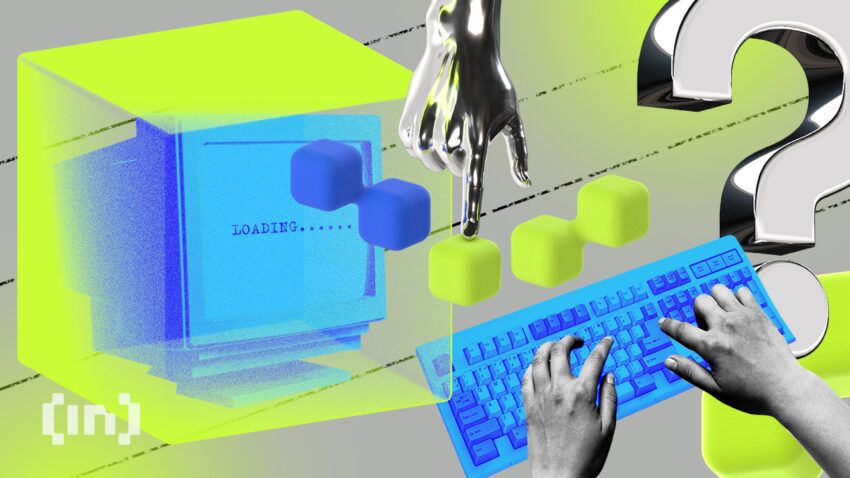Interoperability remains one of the biggest challenges facing this blockchain technology. Currently, most blockchains operate in isolation, making it difficult to transfer data, assets, and information between them. As more and more blockchains emerge, it is becoming ever more important for them to communicate and transact with each other. This is where LayerZero comes in.
LayerZero is a cutting-edge interoperability protocol that allows for seamless communication between blockchains without compromising security or decentralization. This guide will explore everything about LayerZero, including how it works, key features, and pros and cons. Let’s dive in.
Best Decentralized Exchanges
Instant DeFi Swap with no intermediaries

Non-custodial DEX with Demo account
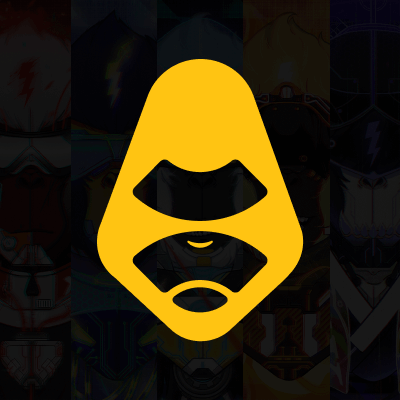
Decentralized exchnage with leverage of up to 20x
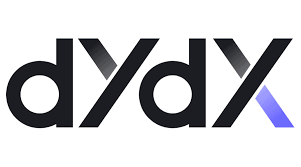
What is LayerZero?
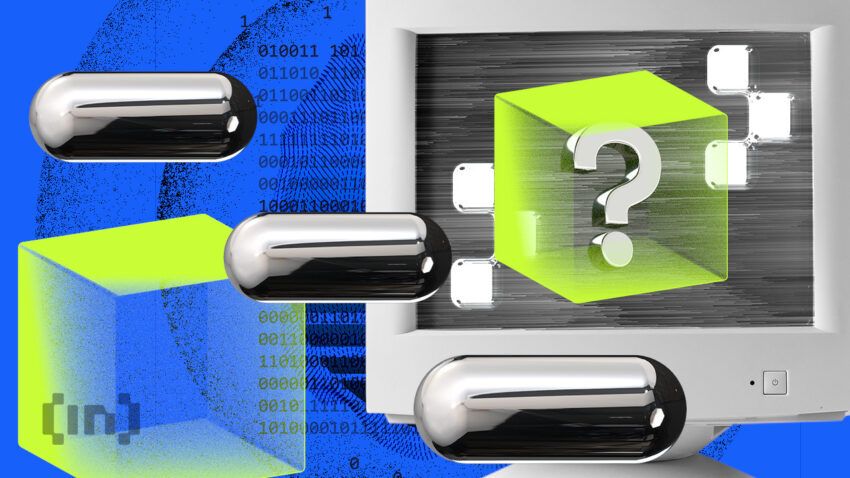
LayerZero is a communication protocol enabling direct, cross-chain transactions between blockchain networks. It provides a new way of interacting across chains without requiring a third party to intermediate.
Therefore, this protocol preserves the core reason blockchains were invented in the first place: trustlessness. LayerZero comes with a lightweight on-chain client called the LayerZero Endpoint, which every chain can support. This creates a fully connected network, where every node has a direct connection to every other node. Thus, enabling cross-chain transactions directly with any other chain on the network.
LayerZero’s ability to perform cross-chain transactions directly with any other blockchain on the network opens the opportunity for various large-scale applications. These include cross-chain decentralized exchanges, multi-chain yield aggregators, and cross-chain lending.
Users can freely move liquidity between blockchains without having to go through third-party systems. This allows for a single pool of liquidity to participate in multiple DeFi applications across different chains and ecosystems.
In simpler terms, LayerZero is like a universal translator for different blockchains, making it easier to exchange assets and use different applications across multiple blockchains.
Currently, LayerZero connects over 30 mainnet blockchains. Moreover, the protocol is used by decentralized exchanges like PancakeSwap, SushiSwap, Trader Joe, and Uniswap, processing over $6 billion in transactional volume and securing over $7 billion in total value locked.
Origin
LayerZero was created to solve the fragmentation issue caused by blockchains’ proliferation. Moreover, with numerous chains operating in isolation, users are forced to divide their resources and liquidity between them, limiting their options to move liquidity and state between walled ecosystems.
With LayerZero, users can consolidate fragmented pockets of liquidity while also making full use of applications that are distributed over separate chains. This leads to a fully-connected omnichain ecosystem, showing what the future of blockchains could look like.
Team
The senior management team behind LayerZero is composed of Bryan Pellegrino, Co-founder & CEO, and Caleb Banister, Co-founder, and Ryan Zarick, Co-founder & CTO.
Funding
LayerZero Labs, the company behind LayerZero, closed a Series B funding round in early April 2023 after raising $120 million. This bumped its valuation from $1 billion to $3 billion. The funding round attracted 33 investors, including big names like a16z Crypto, Circle Ventures, and Sequoia Capital. This brings the total funding raised by LayerZero Labs to over $250 million.
While LayerZero successfully raised $120 million, Pellegrino, the company CEO, told TechCrunch that the motivation behind raising funds was purely “strategic alignment,” as opposed to the protocol being in need of funds.
Roadmap
LayerZero has not published a detailed time-bound roadmap as of April 6, 2023.
How does LayerZero work?
To reiterate, the LayerZero protocol is designed to enable communication between different blockchains without needing a middleman chain or expensive on-chain light nodes. Instead, it uses what it calls an “Ultra Light Node” (ULN) and decentralized oracles to securely transfer messages between chains.
LayerZero enables users to send transactions across different blockchain networks using a user-friendly interface called a LayerZero Endpoint. Each blockchain in the LayerZero network has its own Endpoint.
Every Endpoint is made up of four modules:
- Communicator
- Validator
- Network
- Libraries
The Communicator, Validator, and Network modules work together to ensure the message is delivered correctly. The Libraries module, on the other hand, extends the LayerZero network and includes new blockchains for interoperability purposes.
To facilitate the exchange of messages between blockchains, LayerZero uses two external services: an Oracle and a Relayer.
Oracle
Oracle is a third-party service that provides a mechanism for reading block headers from one chain and sending it to another chain. The LayerZero team selected to use Chainlink and Band Protocol as their official Oracles. However, any Oracle service provider could become part of this mechanism, theoretically.
Relayer
The Relayer is an off-chain service that works similarly to an Oracle, but its job is to fetch the proof for a specified transaction. The Relayer and Oracle must be independent of each other to ensure the validity of the message delivery.
Here’s a simple example: let’s say you want to send a message from chain A to chain B using LayerZero. You would start by notifying an Oracle and Relayer on chain A that you want to send the message. The Oracle would then send the relevant block header (a summary of the latest transactions on chain A) to chain B’s Ultra Light Node. The Relayer on chain A would then submit proof of this transaction to chain B. Once this proof is validated on chain B, the message can be sent to its intended recipient on chain B.
One of the benefits of this approach is that it is both secure and cost-effective since it combines the strengths of both a middle chain and on-chain light node approaches while eliminating their weaknesses.
Key features of LayerZero
LayerZero comes with different features from other similar solutions, providing interoperability among blockchains in several ways. These include:
Trustless cross-chain communication
Firstly, LayerZero provides trustless cross-chain communication without needing a centralized party or a trusted intermediate chain. To achieve this, it uses an independent Oracle and Relayer service that ensures the validity of transactions without the need to trust another party. This is different from some other solutions, such as Cosmos, that rely on centralized or semi-centralized intermediaries to facilitate cross-chain transactions. These can introduce potential security risks and undermine the trustless nature of blockchain technology.
LayerZero is modular and scalable
LayerZero is modular and extensible, allowing for adding new chains and functionalities without requiring modifications to the core protocol. This makes it a more flexible and scalable solution compared to other approaches that may require significant changes to the protocol when it comes to supporting new chains or functionalities.
For example, Polkadot is another project that aims to provide interoperability between blockchains. Polkadot uses a relay chain to connect independent chains, with each chain being able to communicate with other chains via the relay chain. Moreover, Polkadot’s architecture allows for creating “parachains,” which are chains that handle specific use cases. In contrast, LayerZero does not require the creation of new chains or complex smart contracts to achieve interoperability.
Simple user experience
LayerZero provides a simple and intuitive user experience for cross-chain transactions. Its architecture enables seamless and minimal single-transaction swaps without the need for intermediary tokens or additional transactions, which can reduce costs and improve efficiency for users.
Overall, LayerZero’s focus on trustlessness, modularity, and user experience sets it apart from other similar solutions in the space.
The pros and cons of LayerZero
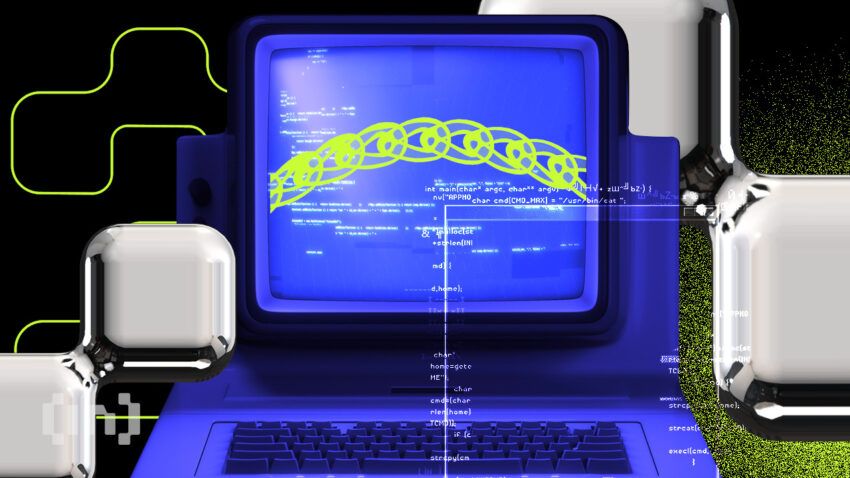
Pros
Trustlessness
Unlike some other interoperability solutions that rely on trusted intermediaries, LayerZero does not require users to trust any third parties.
Efficiency
LayerZero minimizes the costs and processing times associated with cross-chain transactions.
Flexibility
LayerZero works with various blockchains by having participants install an Endpoint. This makes it easier for developers to build cross-chain applications.
End-to-end design
LayerZero follows the end-to-end principle, which means that smart contracts on the source and destination blockchains handle the entire logic of the protocol.
Cons
Limited adoption
As a relatively new technology, LayerZero does not yet have widespread adoption or support from the broader blockchain community.
Risk of bugs
As with any blockchain technology, there is always a risk of bugs or vulnerabilities that could compromise the system’s security.
Competition
Other interoperability solutions hit the market earlier, such as Polkadot, which offers similar interoperability features as LayerZero. This could make it difficult for the technology to gain traction.
LayerZero is paving the way for a new era of interoperability
As blockchain technology continues to evolve, it’s clear that interoperability is crucial for both users and developers. To realize the full potential of blockchain technology, different chains must have the ability to communicate and transact seamlessly. With its innovative approaches, such as its use of ultra-light nodes and relayers, LayerZero is paving the way for a new era of interoperability that is secure, trustless, and efficient.
LayerZero allows users and developers to access and build cross-chain applications that were previously impossible without the need to trust or introduce complex intermediaries.
Frequently asked questions
What is LayerZero crypto?
Is LayerZero a blockchain?
What is LayerZero protocol?
Does LayerZero have a coin?
Who is the founder of LayerZero Labs?
What are the advantages of LayerZero?
Disclaimer
In line with the Trust Project guidelines, the educational content on this website is offered in good faith and for general information purposes only. BeInCrypto prioritizes providing high-quality information, taking the time to research and create informative content for readers. While partners may reward the company with commissions for placements in articles, these commissions do not influence the unbiased, honest, and helpful content creation process. Any action taken by the reader based on this information is strictly at their own risk. Please note that our Terms and Conditions, Privacy Policy, and Disclaimers have been updated.


